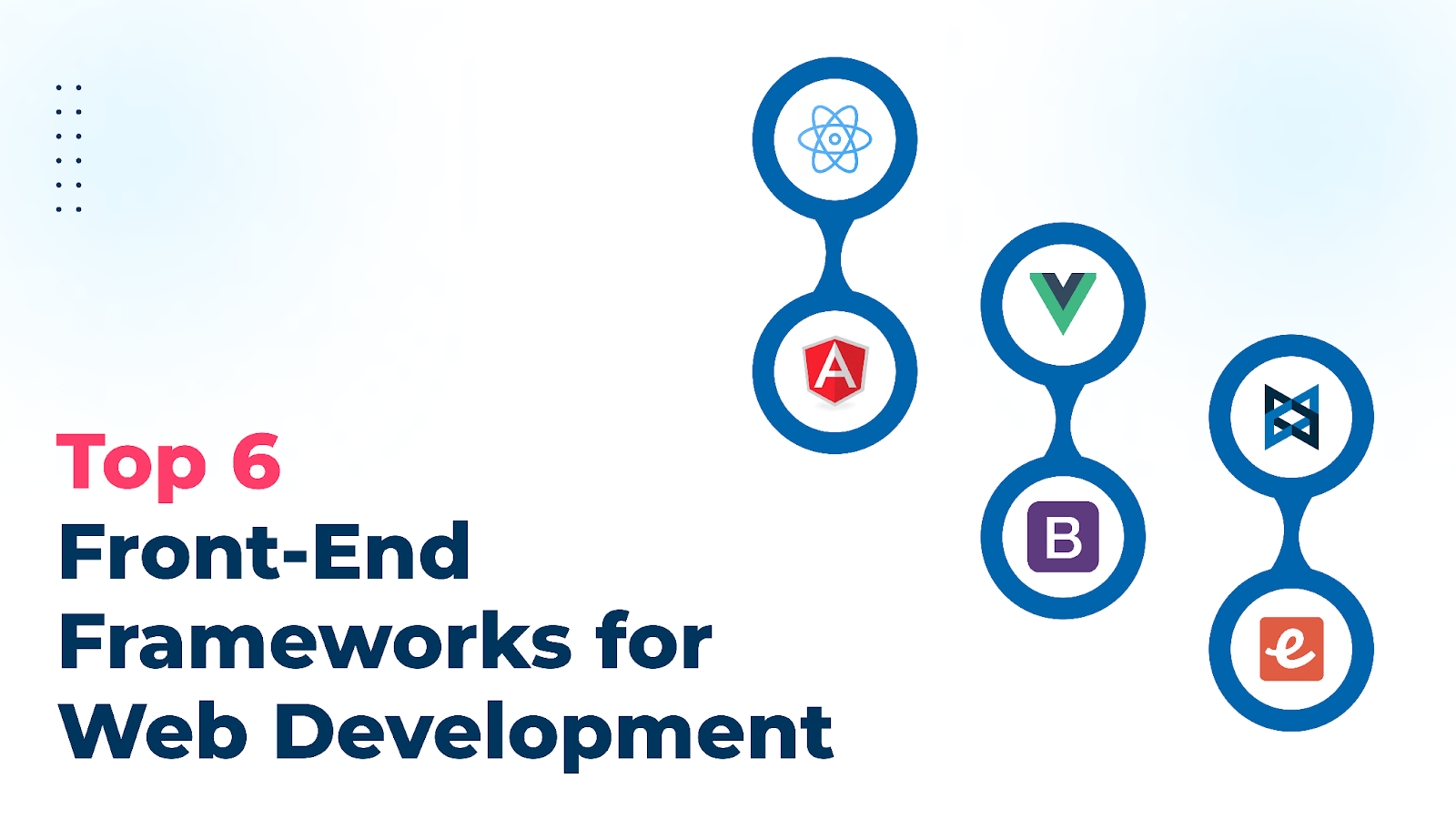Without further ado, let’s lay down more firm foundations for website designing that will assist you in developing a cost-effective and impressive website design process.
Step 1 is to choose a goal.
Having a creative brief is the first step to easily producing an appealing design approach. If the designer has a clear knowledge of their end goal, it will be easier for them to articulate their ideas and choose vibrant colors for website design.
Before starting the process of developing a website, you should take the following into account:
- What is the website’s address?
- What or who are you attempting to contact?
- What primary objectives do you expect your website will help you achieve?
- What goods and services are you hoping to provide to your clients?
- What benefits, if any, does your present website offer?
- What are the outcomes for your rivals?
Once you have the answers to all of these questions, you can easily go on to the next phase of the web page design process. The comprehensive information will help you comprehend the entire procedure.
2. Establish the project’s scope in step two.
Determining the project scope is one of the trickiest aspects of the entire website design process. Understanding the scope, expectations, and resources at hand is not always simple. It keeps changing throughout the procedure, which can affect the caliber of your project and necessitate more labor.
Working on a project with a totally unrealistic concept is not at all expected. By precisely specifying the scope of your project, including the timetable, the total amount of web pages, the features you desire for your website, etc., you may easily achieve the goals you have for your website.
Use Gantt charts or other project tools to create a realistic timeframe for the entire process, according to a hot tip. You’ll be able to fulfill deadlines and generate projects that your clients will appreciate.
3. Create a website.
As soon as you have a clear focus, it’s time to create a sitemap and wireframe. You’ll get a broad notion of how your website design will look from it. Well! You can now explain how each website page relates to the others and make modifications in accordance with your intended results at this stage.
A website built without a sitemap is like to a cake made without tools. It is now time to do research and engage in creative brainstorming after generating a wireframe. Designing a website can help you understand the key elements and make it simple for you to create a website that matches your website.
Never forget that research enhances design. Prepare to create a website that is both incredibly attractive and helpful.
4. Produce Content
You do realize that a website’s framework is complete? Laying the foundation for your website design process can begin right away. the information on the webpage.
If your website’s front end is interesting, it can rapidly grab a visitor’s attention. If your material is interesting and interesting, you may easily keep clients and convince them to purchase. According to the website design trends for 2020, content can improve your website’s appearance and usability.
Content on websites boosts SEO site visibility in addition to interaction. Therefore, never disregard the content aspect if you truly want to conduct your design process successfully and efficiently.
5. Make the content aesthetically appealing in step five.
According to statistics, 91% of people prefer brief, engaging visual material to in-depth, dull written content. Now that you are aware of the significance of visual content, it is time to design the visual aesthetic of your website.
Your website will have an added effect if you use surprising pictures. Make sure your website has a strong visual appeal because it will look more professional and user-friendly. Additionally, including graphics will strengthen your writing. As a result, make sure that every image you submit to your website is beautiful and functional.
6. Create the website in step six.
Now is the moment to develop a spectacular website by putting your technological expertise to the test. Well! This one is not very difficult because it incorporates all the earlier procedures. For your website to rank highly in Google, you must develop it flawlessly because there are thousands of websites available online.
A website can always be created using coding, but if you’re not tech-savvy, you can always create unique sites without investing a lot of time or money utilizing visual page builders, simple themes, and templates.
After creating a website, be careful to get comments and make any necessary updates.
Step 7: Launch the webpage
Once you’re satisfied with how your website looks, it’s time to make it live. Never think that your first try would be enough to bring in clients and generate revenue. There are occasionally a few items that require adjustment.
One of the most crucial things to remember is that you may test your website frequently, add fresh material and components, and alter the messaging to increase its potency.







